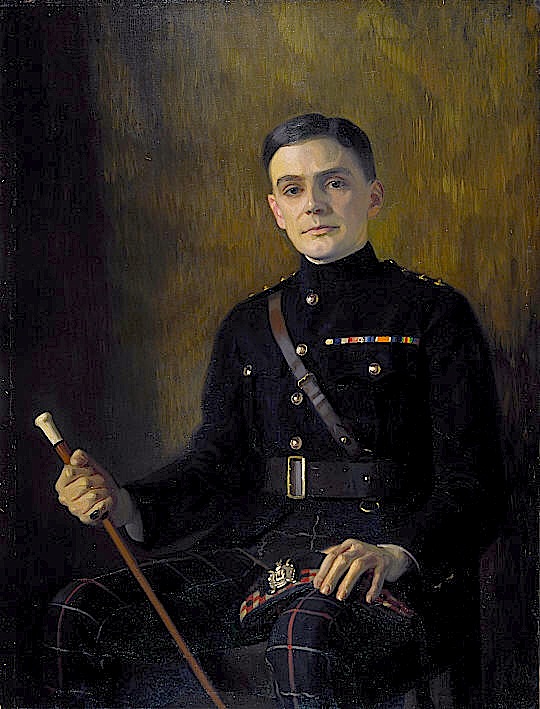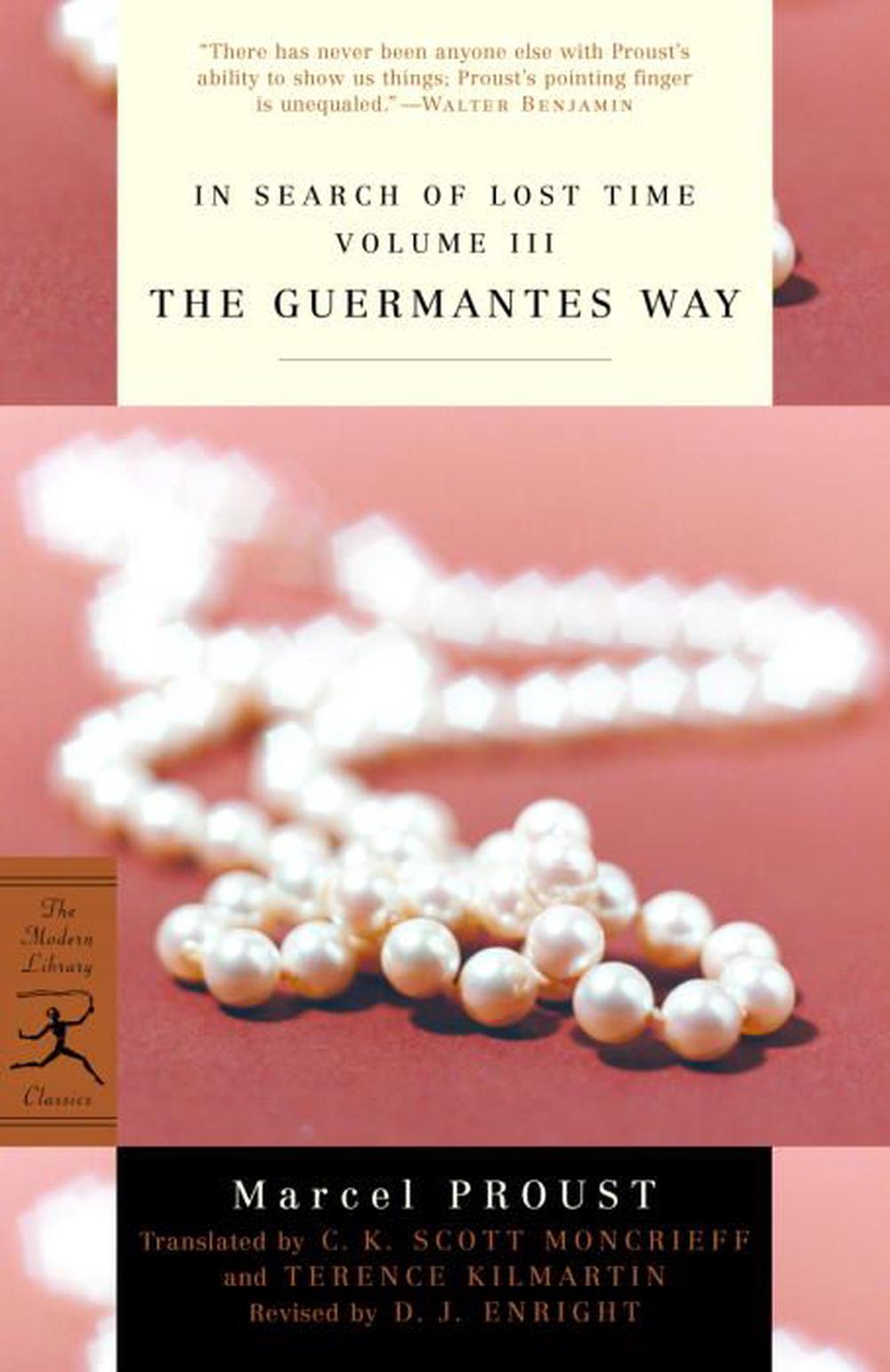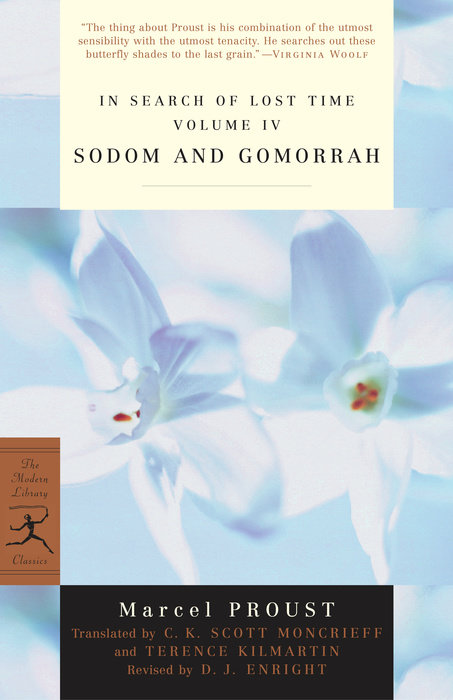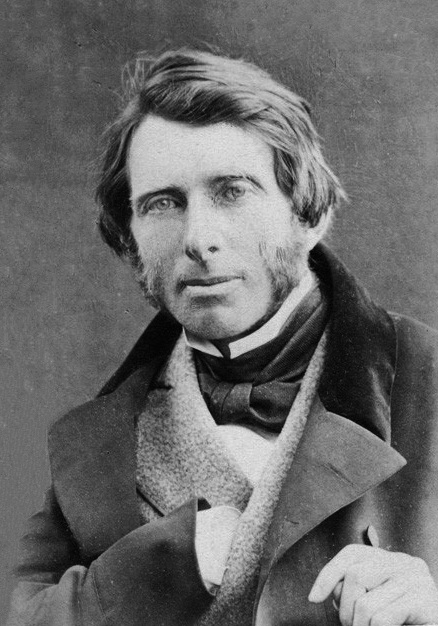Marcel Proust (1871-1922): Works in Translation

The Modern Library Proust
 There have been understandably few attempts to translate the complete text of Proust's novel into English - indeed, like Proust himself, most translators who have made the attempt have died before finishing the job. For the serious study of Proust in English, only two English translations merit mention: one currently published by the Modern Library, and the other commissioned and published by Viking Penguin. The first of these, the epochal rendering of C.K. Scott Moncrieff (pictured to the left in uniform) as completed and corrected by Terence Kilmartin and further revised by D.J. Enright, currently serves as the standard English translation of Proust's novel. It is the edition most frequently cited by scholars and commentators and stands as a classic of English translation in the 20th century in its own right. Published in the United States by the Modern Library and in the UK by Vintage/Chatto & Windus, this text has long been hailed as the most precise and faithful rendering of Proust's French, taking as its foundation the complete and authoritative French text as published in the most recent Pléiade edition. Each volume includes notes, significant unpublished addenda or variants from the Pléiade text, and a useful synopsis. Furthermore, the Modern Library's six-volume paperback edition of this translation, also available as an unusually lush and inviting boxed set (see below), bears the practical advantage of eminent affordability for the ordinary reader. Every serious Proustian, even those lucky enough to read Proust in French the first time around, should acquaint herself with the Moncrieff-Kilmartin-Enright translation.
There have been understandably few attempts to translate the complete text of Proust's novel into English - indeed, like Proust himself, most translators who have made the attempt have died before finishing the job. For the serious study of Proust in English, only two English translations merit mention: one currently published by the Modern Library, and the other commissioned and published by Viking Penguin. The first of these, the epochal rendering of C.K. Scott Moncrieff (pictured to the left in uniform) as completed and corrected by Terence Kilmartin and further revised by D.J. Enright, currently serves as the standard English translation of Proust's novel. It is the edition most frequently cited by scholars and commentators and stands as a classic of English translation in the 20th century in its own right. Published in the United States by the Modern Library and in the UK by Vintage/Chatto & Windus, this text has long been hailed as the most precise and faithful rendering of Proust's French, taking as its foundation the complete and authoritative French text as published in the most recent Pléiade edition. Each volume includes notes, significant unpublished addenda or variants from the Pléiade text, and a useful synopsis. Furthermore, the Modern Library's six-volume paperback edition of this translation, also available as an unusually lush and inviting boxed set (see below), bears the practical advantage of eminent affordability for the ordinary reader. Every serious Proustian, even those lucky enough to read Proust in French the first time around, should acquaint herself with the Moncrieff-Kilmartin-Enright translation.
Swann's Way. In Search of Lost Time, Vol. I
Translated by C.K. Scott Moncrieff & Terence Kilmartin; translation revised by D. J. Enright.
Originally published 1913 (Du côté de chez Swann). Modern Library edition published 1998.

Within a Budding Grove. In Search of Lost Time, Vol. II
Translated by C.K. Scott Moncrieff & Terence Kilmartin; translation revised by D. J. Enright.
Originally published 1919 (A l'ombre des jeunes filles en fleurs). Modern Library edition published 1998.

The Guermantes Way. In Search of Lost Time, Vol. III
Translated by C.K. Scott Moncrieff & Terence Kilmartin; translation revised by D. J. Enright.
Originally published 1920/21 (Le côté de Guermantes I & II). Modern Library edition published 1998.

Sodom and Gomorrah. In Search of Lost Time, Vol. IV
Translated by C.K. Scott Moncrieff & Terence Kilmartin; translation revised by D. J. Enright.
Originally published 1921/22 (Sodome et Gomorrhe I & II). Modern Library edition published 1999.

The Captive & The Fugitive. In Search of Lost Time, Vol. V
Translated by C.K. Scott Moncrieff & Terence Kilmartin; translation revised by D. J. Enright.
Originally published 1923 (La prisonnière) and 1925 (La fugitive). Modern Library edition published 1999.

Time Regained. In Search of Lost Time, Vol. VI
Translated by Andreas Mayor & Terence Kilmartin; translation revised by D. J. Enright.
Originally published 1927 (Le temps retrouvé). Modern Library edition published 1999.
The Penguin Proust

Swann's Way
Translated by Lydia Davis. General Editor: Christopher Prendergast.
Originally published 1913 (Du côté de chez Swann). Penguin USA edition published 2004.

In the Shadow of Young Girls in Flower
Translated by James Grieve. General Editor: Christopher Prendergast.
Originally published 1919 (A l'ombre des jeunes filles en fleurs). Penguin USA edition published 2005.

The Guermantes Way
Translated by Mark Treharne. General Editor: Christopher Prendergast.
Originally published 1920/21 (Le côté de Guermantes I & II). Penguin USA edition published 2005.

Sodom and Gomorrah
Translated by John Sturrock. General Editor: Christopher Prendergast.
Originally published 1921/22 (Sodome et Gomorrhe I & II). Penguin USA edition published 2005.

The Prisoner
Translated by Carol Clark. General Editor: Christopher Prendergast.
Originally published 1923 (La prisonnière). Penguin USA edition published 2019.

The Way by Swann's. In Search of Lost Time, Vol. 1
Translated by Lydia Davis. General Editor: Christopher Prendergast.
Originally published 1913 (Du côté de chez Swann). Penguin UK edition published 2003.

In the Shadow of Young Girls in Flower. In Search of Lost Time, Vol. 2
Translated by James Grieve. General Editor: Christopher Prendergast.
Originally published 1919 (A l'ombre des jeunes filles en fleurs). Penguin USA edition published 2005.

The Guermantes Way. In Search of Lost Time, Vol. 3
Translated by Mark Treharne. General Editor: Christopher Prendergast.
Originally published 1920/21 (Le côté de Guermantes I & II). Penguin UK edition published 2003.

Sodom and Gomorrah. In Search of Lost Time, Vol. 4
Translated by John Sturrock. General Editor: Christopher Prendergast.
Originally published 1921/22 (Sodome et Gomorrhe I & II). Penguin UK edition published 2003.

The Prisoner and The Fugitive. In Search of Lost Time, Vol. 5
Translated by Carol Clark. General Editor: Christopher Prendergast.
Originally published 1923 (La prisonnière) and 1925 (La fugitive). Penguin UK edition published 2003.

Finding Time Again. In Search of Lost Time, Vol. 6
Translated by Ian Patterson. General Editor: Christopher Prendergast.
Originally published 1927 (Le temps retrouvé). Penguin UK edition published 2003.
The Annotated Yale Proust

Other Works by Proust in English Translation
 Before embarking on his novel, Proust wrote in a considerable variety of genres: short stories, some of which were lengthy enough to be considered novellas; essays, articles, and reviews; character and landscape sketches; pastiches; poems; and translations. Proust's first published book, Les plaisirs et les jours (Pleasures and Days), was a collection of stories and sketches dealing in passion, betrayal, and disillusionment, composed very much in the decadent, fin-de-siècle manner in vogue among his then-contemporaries, but bearing subtle signs of the brilliant masterpiece he would eventually create. Fascinated for several years by the style and thought of the English artist, historian, and theorist John Ruskin (pictured at left), Proust translated two of the latter's works into French - The Bible of Amiens and Sesame and Lilies - composing copious prefaces, notes, and commentaries to accompany the translated texts. The fragmentary novel Jean Santeuil, which Proust wrote - but never published - in the years of his writerly apprenticeship prior to beginning the Recherche, recounts the artistic and sentimental education of a young aspiring writer, not unlike the later masterpiece. Proust also composed a number of famous pastiches - brilliant stylistic exercises imitating the writings of classic and contemporary authors - as well as a considerable number of occasional essays, articles, and columns, which were brought out in literary reviews, magazines, and Parisian newspapers and treated various topics in art, literature, politics, and society. The fragmentary texts collected and published under the title Contre Sainte-Beuve (Against Sainte-Beuve) represent Proust's first efforts towards defining the form and content of his future novel. As the title suggests, they receive their initial impetus from efforts Proust made to counter certain ideas in the widely influential literary criticism of Charles Augustin Sainte-Beuve, initially expressed in essayistic and argumentative form. As Proust worked on his fragments and drafts, however, he gradually discovered the expansiveness of his vision required the supporting framework of a novelistic narrative, and the rest, as they say, is history.
Before embarking on his novel, Proust wrote in a considerable variety of genres: short stories, some of which were lengthy enough to be considered novellas; essays, articles, and reviews; character and landscape sketches; pastiches; poems; and translations. Proust's first published book, Les plaisirs et les jours (Pleasures and Days), was a collection of stories and sketches dealing in passion, betrayal, and disillusionment, composed very much in the decadent, fin-de-siècle manner in vogue among his then-contemporaries, but bearing subtle signs of the brilliant masterpiece he would eventually create. Fascinated for several years by the style and thought of the English artist, historian, and theorist John Ruskin (pictured at left), Proust translated two of the latter's works into French - The Bible of Amiens and Sesame and Lilies - composing copious prefaces, notes, and commentaries to accompany the translated texts. The fragmentary novel Jean Santeuil, which Proust wrote - but never published - in the years of his writerly apprenticeship prior to beginning the Recherche, recounts the artistic and sentimental education of a young aspiring writer, not unlike the later masterpiece. Proust also composed a number of famous pastiches - brilliant stylistic exercises imitating the writings of classic and contemporary authors - as well as a considerable number of occasional essays, articles, and columns, which were brought out in literary reviews, magazines, and Parisian newspapers and treated various topics in art, literature, politics, and society. The fragmentary texts collected and published under the title Contre Sainte-Beuve (Against Sainte-Beuve) represent Proust's first efforts towards defining the form and content of his future novel. As the title suggests, they receive their initial impetus from efforts Proust made to counter certain ideas in the widely influential literary criticism of Charles Augustin Sainte-Beuve, initially expressed in essayistic and argumentative form. As Proust worked on his fragments and drafts, however, he gradually discovered the expansiveness of his vision required the supporting framework of a novelistic narrative, and the rest, as they say, is history.Translations into Other Languages
مارسيل بروست; ترجمة إلياس بديوي. البحث عن الزمن المفقود
Translated into Arabic by Elias Bedaoui. Published 1995-2003.

Zhuiyi sishui nianhua 追忆似水年华, Li et al
Translated into Chinese by Hengji Li, Jizeng Xu, Yufang Gui, Shuren Yuan, Lizhen Pan, Yuanchong Xu, Jun Xu, et al. Published 2012.
Auf der Suche nach der verlorenen Zeit. Frankfurter Ausgabe, Rechel-Mertens/Keller
Translated into German by Eva Rechel-Mertens, translation revised by Luzius Keller. Published 2017.
Auf der Suche nach der verlorenen Zeit. Gesamtausgabe, Fischer
Translated into German by Bernd-Jürgen Fischer. Published 2017.

Alla ricerca del tempo perduto, Bogliolo
Translated into Italian by Giovanni Bogliolo. Published 2018.
Alla ricerca del tempo perduto, Roboni
Translated into Italian by Giovanni Roboni, edited by Luciano de Maria. Published 1997.

Em Busca do Tempo Perdido, Tamen
Translated into Portuguese by Pedro Tamen. Published 2004.

Em Busca do Tempo Perdido, de Bragança
Translated into Portuguese by Maria Gabriela de Bragança. Published 2004.
En busca del tiempo perdido, Salinas et al
Translated by Pedro Salinas, Consuelo Berges, and José María Quiroga Plà. Published 2016.
En busca del tiempo perdido, Manzano
Translated by Carlos Manzano. Published 2013.



